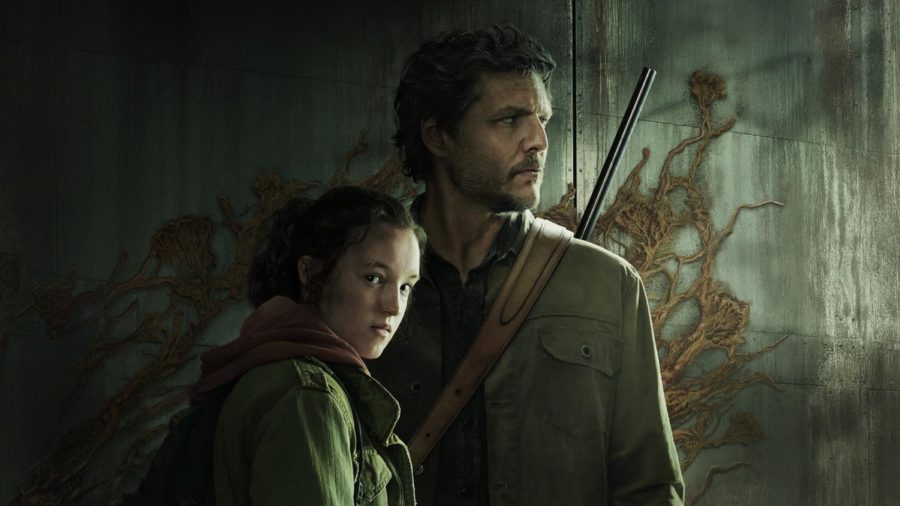Intricacies of the Sistine Chapel
January 26, 2023
During my winter break, I had the opportunity to visit Rome and explore many of its historic monuments and landmarks. One of the highlights of my trip was visiting the Sistine Chapel, which is known for its beautiful frescoes by famous artists such as Michaelangelo and Botticelli. While the exterior of the chapel may appear somewhat rustic and unimpressive, the interior is a treasure trove of artistic masterpieces.
One of the most famous features of the Sistine Chapel is the ceiling fresco painted by Michaelangelo. This massive work of art took him four years to complete, and he had to build his own scaffolding in order to reach the high ceiling to paint it. When he finished the fresco at the age of 37, it made him extremely famous and cemented his place as one of the greatest artists in history. The ceiling fresco depicts nine different panels illustrating the story of the Genesis, including the creation of light and the planets, the famous scene of God creating Adam, and the depiction of Noah’s ark.
After completing the ceiling fresco, Michaelangelo returned to the Sistine Chapel later in his life to paint the Last Judgment, which he finished at the age of 66. The last judgment is high on the list of Michaelangelo’s greatest works for good reason. The painting measures 39 by 45 feet and took him four years to create and was his final completed work. This painting is unique because Michaelangelo added many small commentaries in the work such as painting a photo of a cardinal he didn’t like with the ears of a donkey and a snake coiled around him. Many artists and historians have speculated that Michaelangelo included a hidden self-portrait in the form of St. Bartholomew’s flayed skin. Michelangelo also had permission from the pope to take certain liberties while painting figures and this is evident throughout the work. Some examples of this are Christ not having a beard or sitting on a throne. This stunning work of art can also be found in the Sistine Chapel and is another must-see attraction for anyone visiting Rome.







